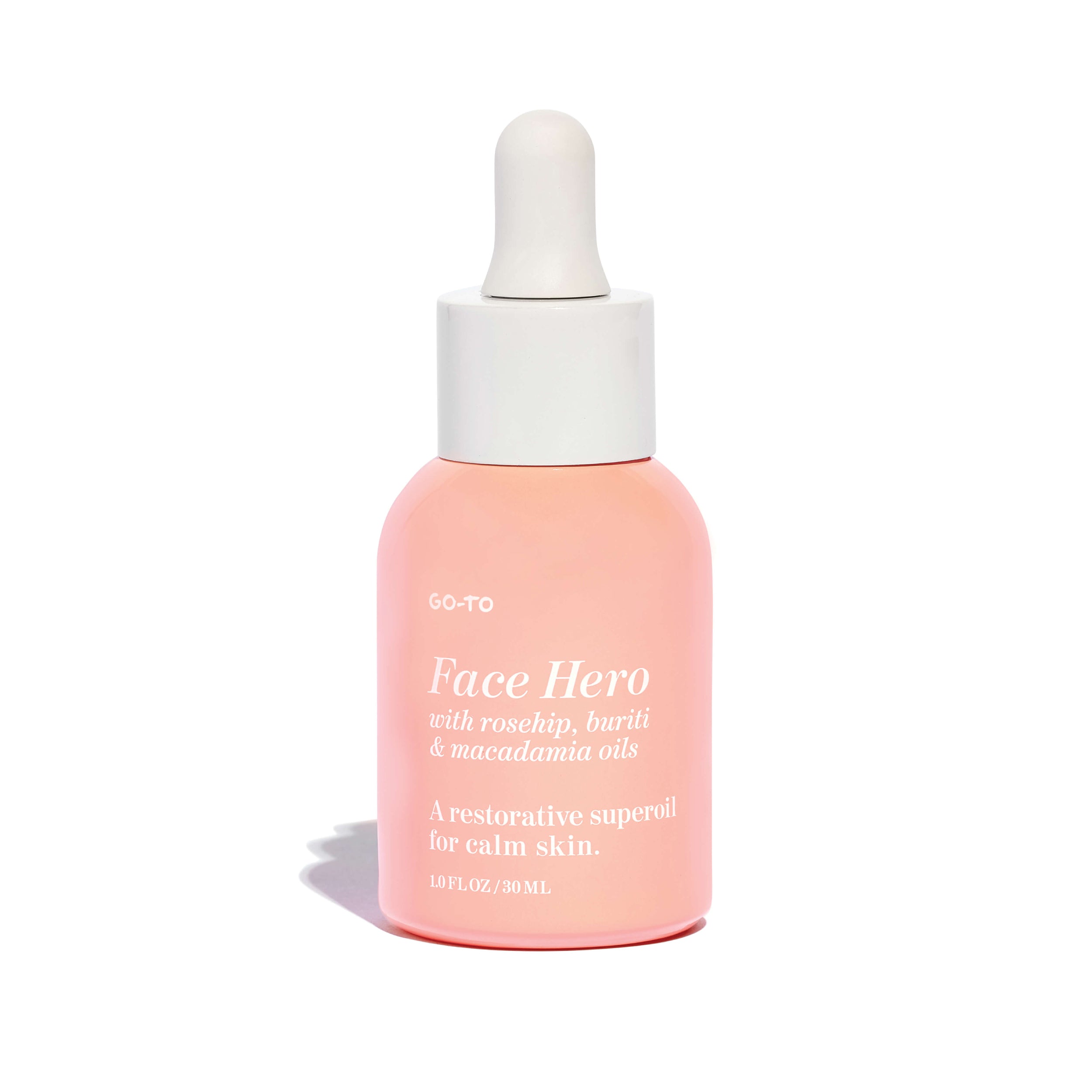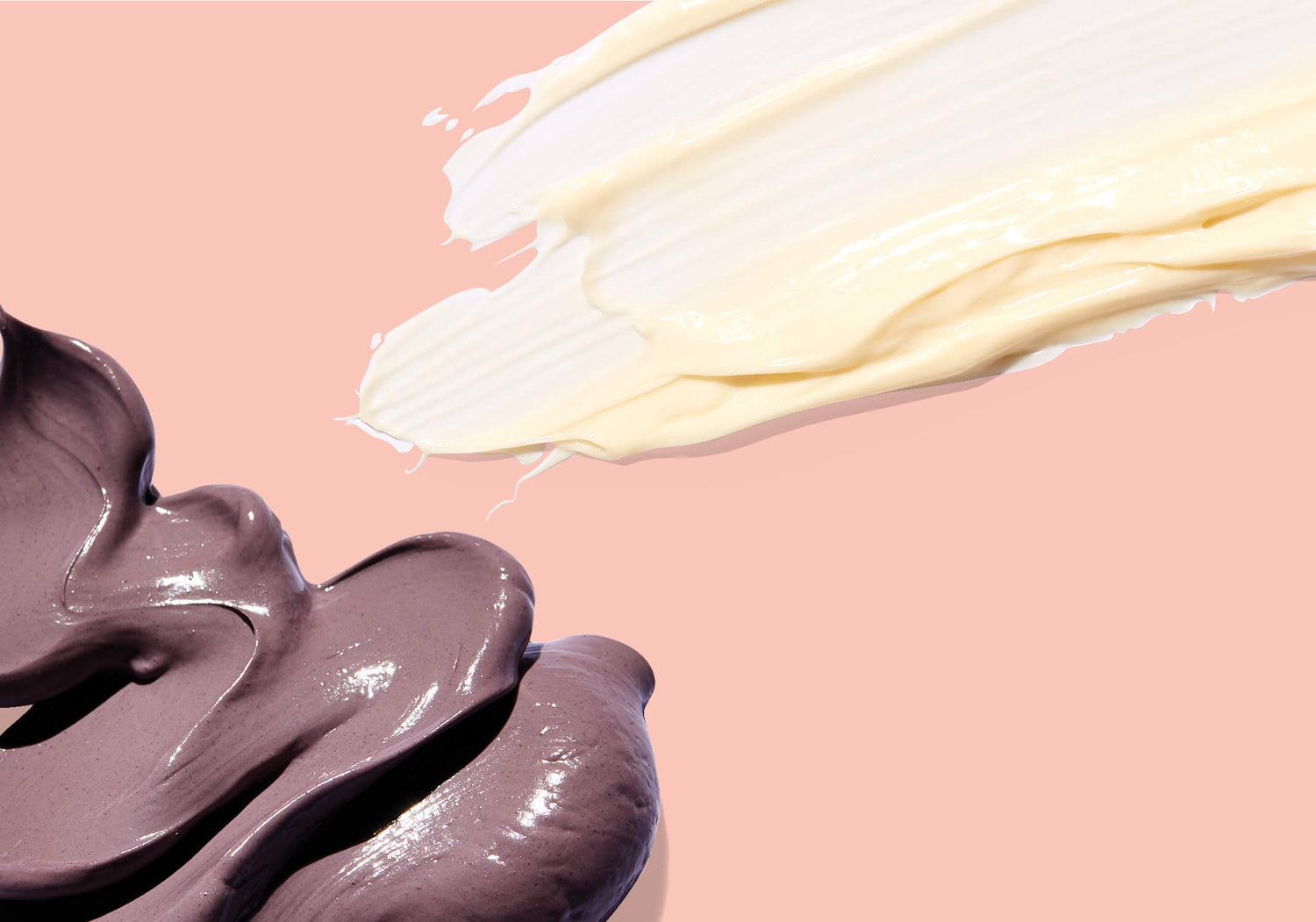Slugging! Honey Skin! Skinimalism!
2021 was another big year for all things skin. But before we fully embrace 2022, there’s two things we need to do: Finally learn how to make TikTok pasta and answer all of 2021’s Most Googled Skin Care Qs.
Grab a pen (or a pan, if you’re more focussed on the first goal for now) and let’s do this!
What Does Niacinamide Do?
Niacinamide is your classic skin care overachiever. It had a real moment last year and for good reason: It’s a potent ingredient that’s tolerated exceptionally well by most skin types (even sensitive).
Here are a few things you can expect when you welcome niacinamide into your skin line-up:
- Increased radiance. Niacinamide is famous for rescuing dull skin, and leaving you with a more even skin tone and a healthy, glowing complexion.
- Calm skin. Struggling with redness and breakouts? Niacinamide is mega-soothing and calming, which makes it phenomenal for evening out skin tone and reducing redness.
- Defence against premature ageing. Niacinamide keeps skin hydrated, plump, and improves barrier function to lock in moisture and prevent fine lines.
What Does Vitamin C Do?
Spoiler: A lot! Vitamin C is an incredibly well-researched skin care ingredient. It’s a potent antioxidant that protects the skin from free radicals and the damage they cause our skin cells.
It’s also a major glow-giver. It targets the skin’s melanin production (which causes hyperpigmentation) and aids in reducing and preventing hyperpigmentation (PIH, sun spots, and hormonal changes, etc). Over time, it also evens and brightens overall skin tone.
And if that wasn’t enough, Vitamin C can also assist in stimulating and accelerating the production of collagen and elastin. Or in other words: It helps keep your skin bouncy and plump.
Vitamin C’s enormous popularity in 2021 did not go unnoticed over here at Go-To. Dermal Therapist and skin saver Yadira Cauchi dropped by earlier this year to tell us everything you could ever want to know about it (what skin types it’s best for, which ingredients it doesn’t play well with, it’s favourite pizza topping, etc.)
What Order To Put On Skin Care?
Layering skin care in the correct order is essential to make sure everything can actually work correctly. Always follow product instructions, of course, but generally speaking, a good rule of thumb is that skin care needs to be applied from thinnest to thickest.
A standard morning routine should go something like this: cleanser or a quick rinse with water, mists/toners, any treatment products, serums, or actives, face oils, and then always finish with SPF.
A standard PM routine should go something like this: oil-based cleanser (if you’re wearing makeup and/or SPF), water-based cleanser (if you like a double cleanse), mists/toners, any treatment products, serums, or actives, and finish off with your face oils and face cream (whichever is the ‘lighter’ product between these two should be applied first - find more on how to figure that out in the next Q!)
When To Use Oil In A Skin Care Routine?
It depends! Where your products sit in your skin care line-up will ultimately come down to the specific products you use and the ingredients they’re made with.
Face oils are not a one-size-fits-oil category. The chemical structures and molecular weights can vary largely between different formulations. (Ahem, that’s why there’s a ridiculous amount of confusion around what seems to be a relatively simple skin question.)
To clear things up just remember what we discussed above: You should be applying your skin care products from thinnest to thickest.
Not sure what kind of oil you’re dealing with? Light oils (think: jojoba, squalane, avocado, almond, apricot, argan) are fine to be applied before moisturiser so long as you’re not using a super light moisturiser (generally speaking, this will be anything with the term water cream, gel moisturiser or oil-free).
Whereas, heavy-weight oils (think: coconut, olive, or mineral oils) have a larger molecular weight and therefore are best applied last in your routine.
Go-To founder and face oil enthusiast Zoe Foster Blake has written a full blog post on the topic. Want to know what Go-To recommends for our products? Have a squiz right here (with a croissant and coffee in hand, if possible).
How To Add Retinol Into A Skin Routine?
In a word, slowly. Retinol should be gradually introduced to your routine to allow your skin time to adjust. It can be tempting to slather it onto your skin daily but, for the love of soothed skin, don’t. Follow the directions on your product or start uber slow with a small amount once a week, before building up to twice a week (and so on), as your skin feels ready for it.
Also important: Retinol is a PM product. It’s known to increase sun sensitivity so diligently applying SPF every day is even more crucial when you start using a retinol.
When To Use Vitamin C In Your Skin Care Routine?
As a potent antioxidant, a Vitamin C serum (like our own Much Brighter Skin) will do its best work during the day to scavenge free radicals and work alongside your SPF to fiercely defend your skin. Squeeze it in after cleansers, mists, and toners, and before you layer up with any face oils, moisturisers, or SPFs.
Layering a few serums in your morning routine? Just apply them from thinnest to thickest.
Got a less-Googled question you still don't know the answer to? Ask us below!
















Comments